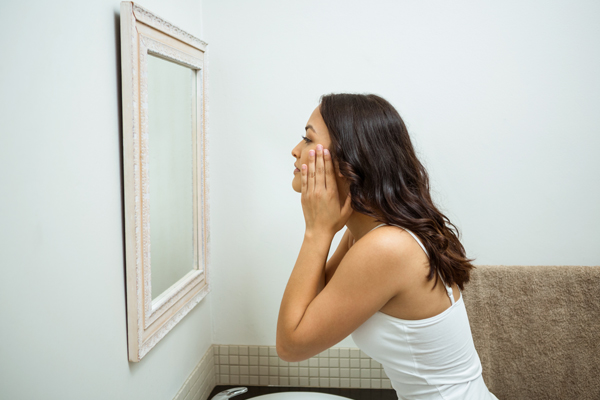Are you a pelvic floor evangelist?

When you were young, were you taught about your menses, defecation, and voiding? Or in simpler terms, periods, poop and pee? Did you discuss these sometimes embarrassing questions with your mom or another trusted female, or in school?
Many of us learned from our friends - which unfortunately often spread misinformation. As a young girl, what did we expect from our pelvic floor –did we even know what a pelvic floor is? We can be embarrassed or ashamed of this part of our anatomy and don’t know how to begin the conversation. Now many of us turn to ‘Dr. Google’ – frequently confusing us even more.
'Pelvic Floor Evangelist’ first came from Missy Lavender, co-author of the book Below your Belt: How to be Queen of Your Pelvic Region(1).Evangelist means being an enthusiastic advocate (2), and Missy sure fits the bill. Her lofty goal is to teach young girls between the ages of 10-14 about their pelvis: what it is, what’s inside, what it does and how to keep it strong and healthy for the rest of their lives. Her group is even creating an app to help further educate. She ends her teaching sessions with, “now go and be a pelvic floor evangelist!”

What Missy found in her research is that adolescents, particularly those of lower-income and minority groups, are often poorly-educated about pelvic health. One of her studies found that 50% girls, especially those involved in sports, were already experiencing bladder leaks (3). Surprisingly, painful periods were also keeping 66% of these girls from participating in sports and activities, side-lining them for a few days each month.
They found that 30 % of girls have constipation lasting more than three days. The authors believe that if they can reach and teach these young girls how to use and care for their pelvic floor starting in adolescence, it will prevent a lifetime of issues. Dysmenorrhea (painful periods) and endometriosis are painful conditions related to the fluctuations of a woman’s hormones and menses. Dysmenorrhea often starts in a girls teenage years. Many women suffering from dysmenorrhea fail to get any sympathy from their families or partners, who tend to view menstrual pain as an expected nuisance that women should endure without bothering those around them!
One analysis correlated dysmenorrhea, endometriosis and dyspareunia (painful sex) together (4) and evaluated the effect of manual physiotherapy techniques. What they found was that site-specific manual physiotherapy techniques can offer non-surgical and non-pharmacological options for those who suffer from endometriosis. Another study offered hope with both acupuncture and acupressure providing relief of symptoms of dysmenorrhea (5). A third offered hope with the use of connective tissue massage as effective control over the painful symptoms of menses.
Some physiotherapists who were surprised to hear that we treat children and teenagers for bladder, bowel and period issues. We can help women of all ages understand what is happening in their bodies and control the pain that can dominate their lives. We can all become pelvic floor evangelists!
For more information, please visit www.lifemark.ca/services/pelvic-health
We can help you move and feel better.
Book an appointment today.